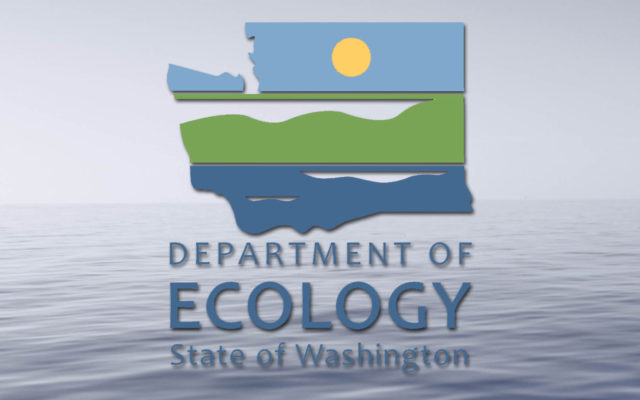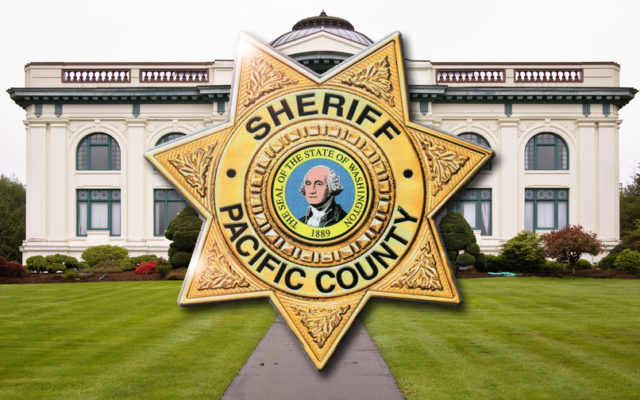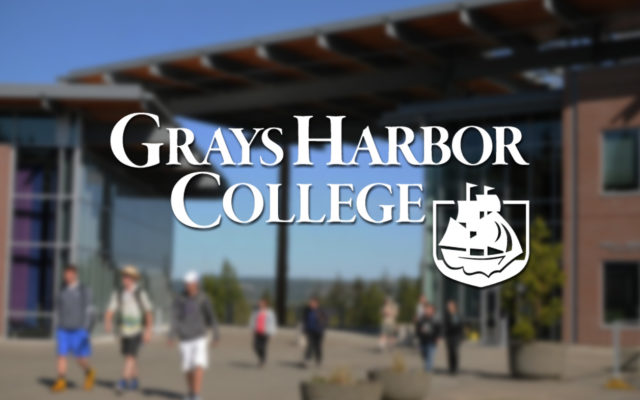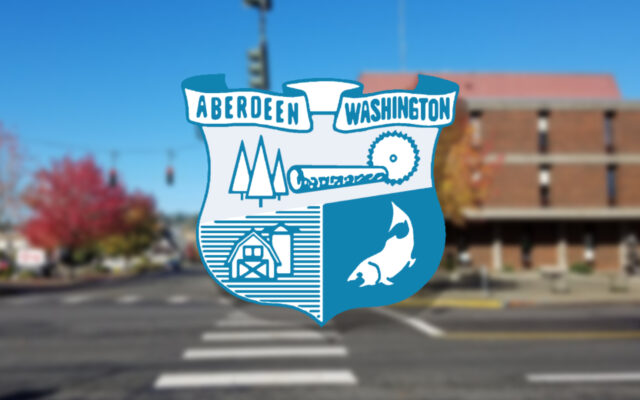Millions coming to local projects through Ecology funding

Olympia, WA – $183 million is going to more than 100 clean water projects across the state, and millions are coming locally.
The Washington State Department of Ecology’s Water Quality Program issued a blog posting that states they are offering more than $183 million in financial assistance for 106 high-priority clean water projects across the state. This funding includes $169 million for 105 new projects and $14 million to fully fund a project from last year’s list.
Offers went out to the successful applicants on June 28 and the projects can start as soon as the agreements are finalized.
“Nearly 90 percent of our state’s water quality funding goes to local communities,” said Heather Bartlett, Ecology’s Water Quality Program Manager. “Clean water projects can be in communities big or small and anything from enhancing wastewater treatment systems to designing stormwater gardens to planting trees along rivers.”
Locally this means over $5.5 million for Grays Harbor and Pacific County.
In Grays Harbor, two items are included in the list of projects. One includes funding for the Aberdeen wastewater treatment facility would see improvements and construction totalling $2,004,000 in loans.
“The proposed project will construct a new effluent disinfection system to replace the Wastewater Treatment Plant’s existing system, which uses chlorine gas (Cl2) for disinfection and sulfur dioxide (SO2) for de-chlorination. This system has reached the end of its useful design life. The new system will use sodium hypochlorite for disinfection and calcium thiosulfate for de-chlorination. Eliminating Cl2 and SO2 will enhance disinfection reliability, protect air quality and improve public safety.”
The only other Grays Harbor project on the list is a restoration-based water quality enhancement strategy for the Satsop and Wynoochee, with $208,500 proposed from a Centennial Grant.
“This project will create a Restoration Strategy targeting water quality enhancement in the Satsop/Wynoochee Rivers. It will result in 1) analytical tools to identify and prioritize stream reaches where restoration-based approaches are predicted to improve water quality, and 2) specific prescriptions of reach-scale, in-stream restoration techniques that will enhance temperature, sediment, and DO conditions. One reach-scale pilot project will be implemented to demonstrate Strategy effectiveness”
In Pacific County, $3,300,000 is funded for the Indian Creek Source Watershed Protection Plan.
“The goal of this project is to ensure the near term and future stability and productivity of the drinking water source for the City of Ilwaco, WA through the acquisition of land and timber rights and the development of a forest management plan for all timber within the Indian Creek source watershed.”
The Water Quality Combined Funding Program is intended to support local communities by helping them upgrade sewage treatment systems, manage polluted stormwater runoff, and complete a variety of other projects to prevent and cleanup pollution.
The Department of Ecology states that more than $100 million of the combined funding is for new projects that will help support Puget Sound recovery. These projects are a high priority, as they help improve water quality and create a healthy habitat for the endangered Southern Resident Orca, salmon, and the food web they rely on.
Clean water funding comes from a mix of state and federal funds for water quality improvements and protection. State financial managers calculate that 11 direct and indirect jobs are created in Washington for every $1 million spent on building clean water infrastructure.
From the posting:
Reducing stormwater pollution
Ecology is offering $33 million in grants to 38 communities to implement projects to treat and reduce stormwater pollution. More than $20.5 million of the stormwater grant funding is for Puget Sound recovery projects, as stormwater runoff is a leading pollution threat in urban areas.
Addressing nonpoint pollution
Nonpoint pollution comes from activities that are usually widespread across an area without a single pollution source. Nonpoint pollution is a serious pollution problem across the state, and one of the most difficult to solve. We are helping to address nonpoint pollution by funding 33 projects with $21.4 million in grants, forgivable loans that do not have to be repaid, and low interest rate loans.
Supporting wastewater treatment projects
Ecology is offering $124 million for 35 wastewater treatment projects. Of this, $110 million is for new projects and $14 million is to fully fund a project from last year’s list. Nine of the projects qualified for hardship financial assistance due to their potential impact on residential sewer bills. These hardship projects may receive a combination of grants, forgivable loans that do not have to be repaid, and low interest rate loans.
An interactive map shows where the projects are located and provides additional details.
Find out more about the Water Quality Combined Funding Program on the Ecology website.
More information on this funding cycle, including a link to the funding offer list and an interactive map of our offered funding for projects can be found on the funding cycles webpage.
You Might Also Like



